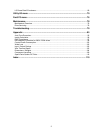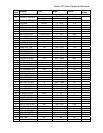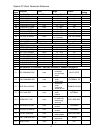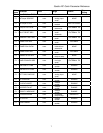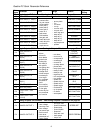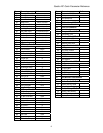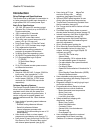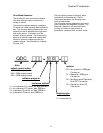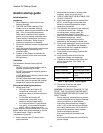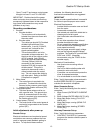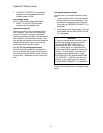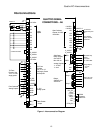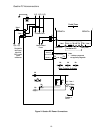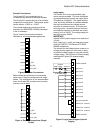
Quattro DC Introduction
Introduction
Drive Ratings and Specifications
The Quattro drive is designed for connection to
a 4 wire grounded 3-phase input along with a
single-phase 230 VAC control power input.
Basic Drive Specifications
• 125, 200, 250 amps DC armature output
(Elevator Run Current) at up to 550VDC in
2 basic model sizes
• 150% overload for 60 seconds
• 250% overload for 6 seconds
• Up to 40 ADC motor field control
• <8% utility input current harmonics at full
power (<5% on 125 amp unit)
• Unity Power Factor (1.0 Service Factor)
• 0–45ºC (32–115ºF) ambient temp range
• Fully regenerative operation
• Includes motor armature contactor w/
provision for armature DB resistors
• 4+ Million Start-Stop operating cycles
• (9) 24VDC Programmable Logic Inputs
• (11) Programmable Logic Outputs:
− (7) 24VDC
− (2) Solid-State Relays
− (2) Relays
• 5V or 12V Isolated encoder power source
w/ differential receivers
Service Conditions
• Required: 200-480 VAC, 3-phase, 50/60 Hz
input power, Line Impedance Z < 6%
• Required: 220-240 VAC, single-phase
control power, 50/60 Hz, 3.5/5.5 amps
maximum for 125/200-250 amp drives
respectively
Software Operating Features
The General Purpose Quattro-DC elevator
drive is a four-quadrant torque and speed
regulated motor drive with low power line
harmonic currents and unity power factor. It
can be configured to operate geared and
gearless elevators and lifts. Basic features
include...
• User choice of operating speed reference
(see pg 23)
− External analog reference follower
− Serial link reference follower
− Internal reference generator with
controlled S-Curve smoothing to one of 15
preset speeds
• User choice of ft/min or m/sec speed
programming and display units (see pg 71)
• User choice of input control logic for Run-Up /
Run-Down or Run / Direction relay control
with internal preset speeds (see pg 23)
• User choice of P-I type or MagneTek
exclusive E-Reg, elevator velocity
regulators (see pages 59 and 60)
• Optional CEMF speed regulator for use
during initial construction stage start-up
• Torque Feed-Forward when available from
the car controller (see pg 23)
• Pre-Torque at drive start to reduce roll-back
(see pg 23)
• Controlled torque Ramp-Down to prevent
elevator brake thumping at stops (see pg 23)
• Internal frequency notch filter to reject rope
resonance interference (see pg 38)
• Closed loop motor field current regulator
with simplified motor field weakening and
stand-by adjustments
• Quiet, variable speed cooling fan
• Drive Stand-by Power Reduction (see pg 24)
• User selectable choices for relay logic
outputs, including (see Logic Outputs C3
submenu on pg 63):
− Drive OK / No Faults relay
− Alarms Relay
− Drive operating, OK to release brake
− Car above/below speed X threshold
− Car above/below Zero speed threshold
− Car Moving Up
− Car Moving Down
− Speed Error above/below X threshold for Y
secs
− Drive Standby Power Reduction (DSPR)
− Elevator Brake actuation
• User selectable analog trace outputs for
system diagnostics (see Analog Outputs C4
submenu on pg 65)
• Diagnostic indicator for verifying logic input
and output conditions
• Programmable Alarm Relay to indicate
important but non-critical conditions
− Motor thermostat over-temperature
− Motor Over-Load
− Drive Over-Heating
− Low Utility Line Input
• Safety related fault trapping with
diagnostics, including:
− Motor Over-Current
− Motor field Malfunction
− Contactor Failure
− Severe Utility Line disturbances
− Encoder Loss
− Over-Speed Trip
• User selectable automatic or external
commanded Fault Reset (see User
Switches C1 submenu on pages 50-58)
10



